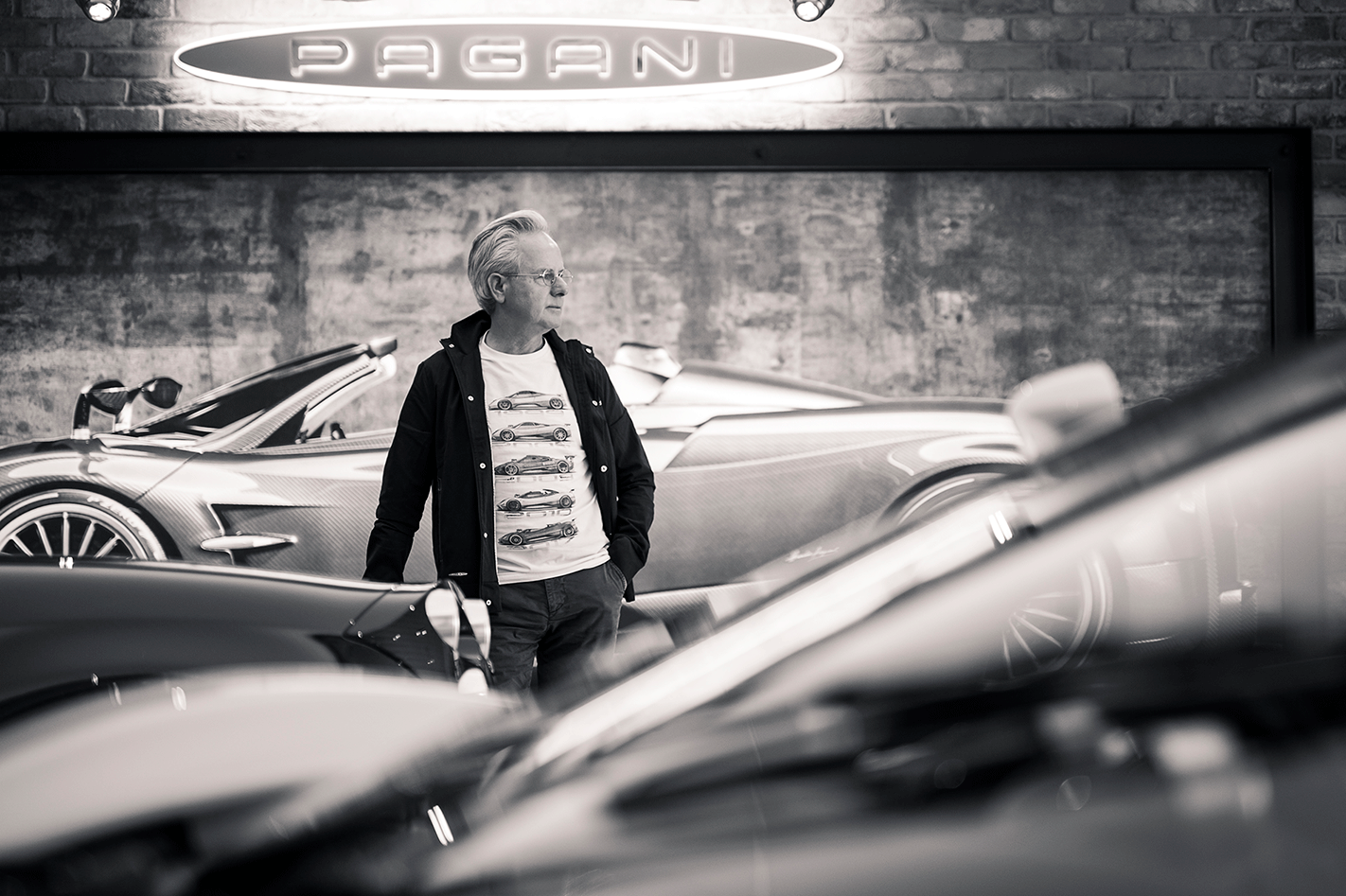Leonardo da Vinci is the original Renaissance man, mastering a number of different fields and propelling all into a new era of thinking and innovation. Men like da Vinci don’t come around very often, not once in a decade, but perhaps once every century, if we are lucky.
When it comes to the art of making automobiles they are few and far between. Sure, there are designers who can pen lines worthy of wall space in the Louvre, and there are engineers capable of building technical marvels that bend physics to their will. But both attributes in the same person, that’s truly rare.
It could be argued that Horacio Pagani fits the description. His eponymous car company is able to entice customers from across the globe, each willing to pay millions (plural) of dollars for a car, not only because of its exquisite beauty and craftsmanship, but also mind-warping performance.
The Argentine entrepreneur was in Australia to meet a number of customers, and made time to sit down with Wheels for an exclusive chat.
Horacio speaks through an interpreter – the only English he utters is broken and simple. But despite the language barrier between us, listening to Horacio talk is like casting your eyes over one of his carbon-clad machines. There is an organic ebb and flow, words gently released from his lips with care and purpose, almost in hushed tones.
The passion to build was always embedded in Horacio as a child growing up in Argentina, but it wasn’t until he began reading the magazine Automundo, that his desire became focused on cars.
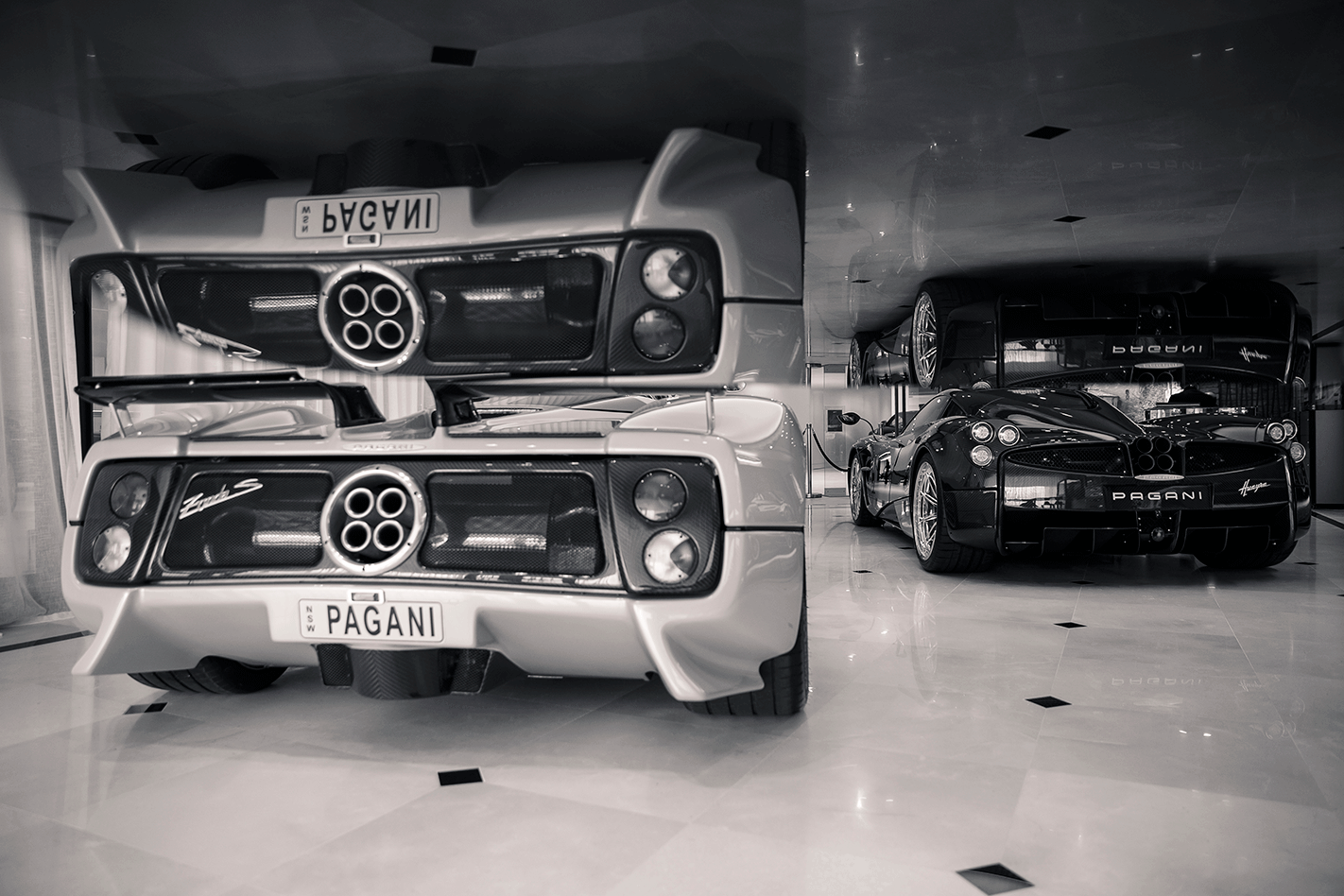
He began with balsa wood, turning childish sketches into small-scale creations, teaching himself along the way. From balsa wood toys that he formed in his bedroom, to carbonfibre masterworks, Horacio says his career has simply been a process of putting one foot in front of the other.
“Starting from the beginning, of course before going into the manufacturing of a full car, everything has been a consequence of the next step; the next step, until the final result,” he says.
“Even to just build a balsa wood model as a child I had to earn some money to buy all those raw materials, and then start to put them together.
“I was doing all sort of small jobs just to have some pocket money to spend here and there, and then start to create first these models and then from these models maybe earn some more money to make a prototype or a component. And then so and so and so.”
Looking back at Horacio’s career, it’d be easy to simply see the positives as he began a stratospheric rise through the industry. But reflecting on his achievements, the Argentinian says he has found success simply through turning his failings – or lessons, as he describes them – into positives.`
“Happiness, for me, is a combination of good moments and bad moments, like the day and the night,” he explains. “It’s not about just your goals. It’s about the process and how you get to the next point. It’s not just, okay, I want to make a million euro, I want to make 10 million euro, I want to make more money. Because if you set these goals so far away then you’re not really enjoying the process, you’re not enjoying the journey.
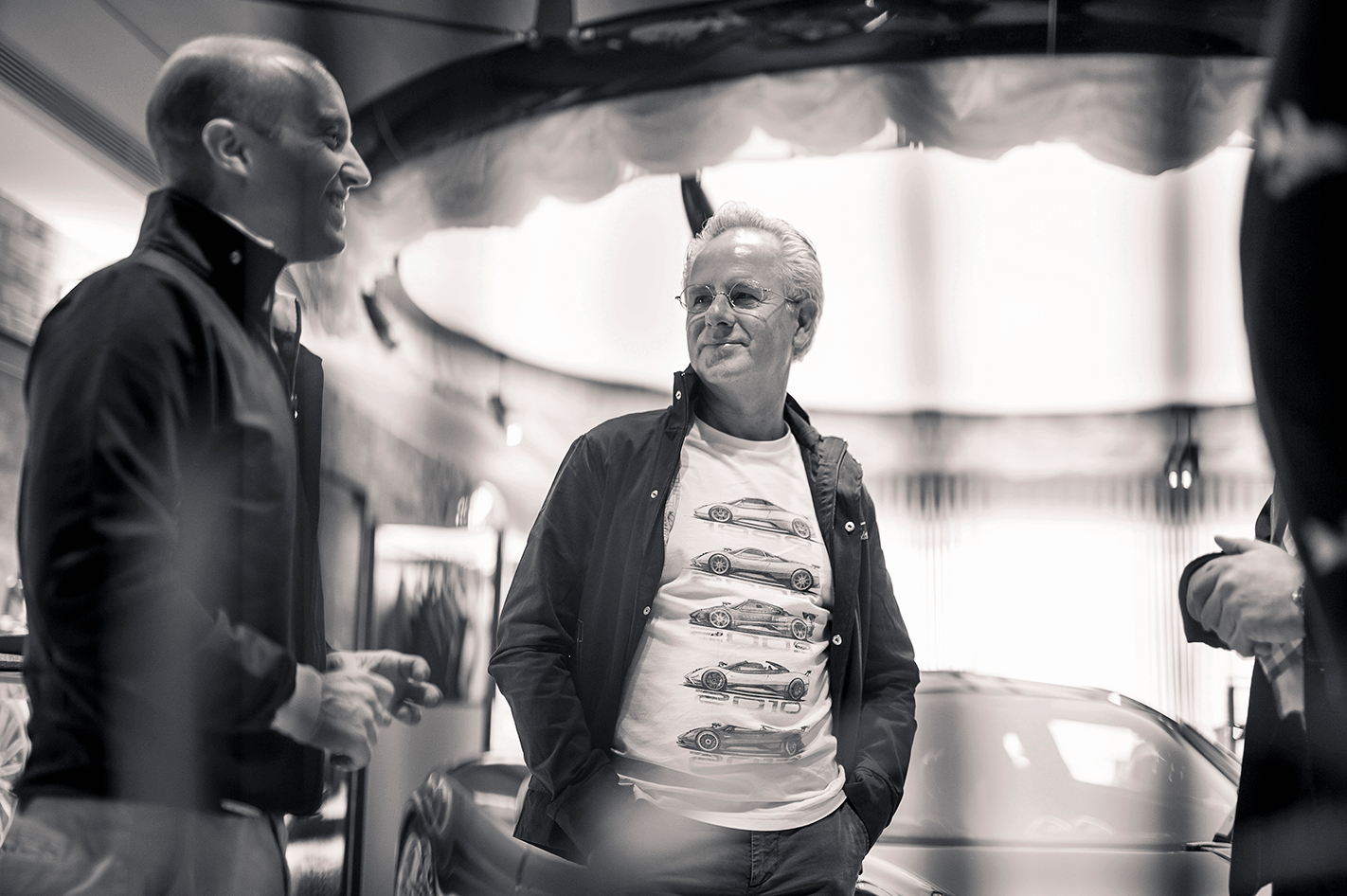
“Instead I have taught myself how to enjoy the journey. When you have a good day, which for me is a learning process, I don’t really see it as a negative situation. This kind of mentality would take you even beyond what you could expect when you are at the beginning of the journey.”
This idea speaks to Horacio’s inquisitive nature, where he constantly searches to gain new skills, learn and improve.
“I believe that having doubts, having to question what’s going to happen, is something that is in our daily lives,” he continues. “Today I have even more, not concerns but questions, about whether this is going to work. That’s because today things happen on a different scale and different size, different commitment for me. When you’re young, you have more time to adjust to fix your mistakes. You fall and then you rise again.”
If you wake early – and we mean really early – while in San Cesario sul Panaro, near Modena, Italy, where the Pagani factory is based, you might catch a glimpse of Horacio taking part in his morning routine. With his short stature and platinum blond hair, it’d be easy to miss, but every morning the 64-year-old ventures into the hills, walking in silent contemplation, a pair of German Shepherds at his heels.
“I like to wake up very early in the morning because the world is quiet, and there are a lot of ideas in the world that nobody is catching because everybody’s sleeping,” he explains.
It’s during these moments of serenity that Horacio is able to deconstruct and unpack the chaotic forces that pull on him as he runs his company, conjuring new ways to solve problems. One of his solutions was the creation of carbotanium. Sounding like something ripped from a sci-fi novel, it combines carbonfibre and titanium to create something that is lighter than metal, but stronger than the composite weave.
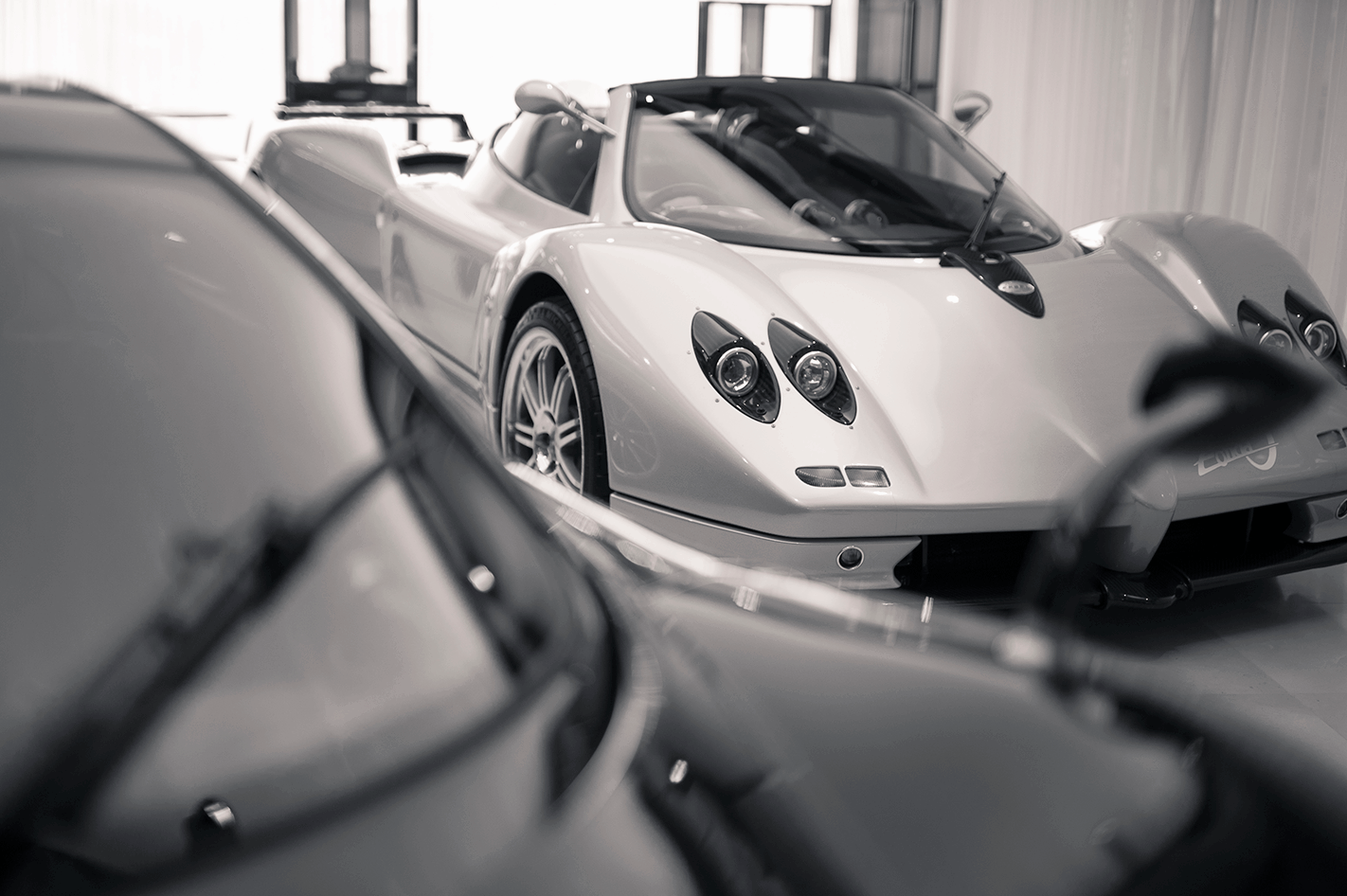
Horacio has long been at the forefront of cutting-edge technology. When working for Lamborghini, he saw the benefits of composite materials like carbonfibre long before it was mainstream. Frustratingly for Horacio, because arch rival Ferrari didn’t have an autoclave, Lamborghini saw no reason to invest in the technology.
This would prompt Horacio to put his own money on the line and purchase an autoclave, thus starting his own consultancy business called Modena Design, and paving the way for what became Pagani Automobili.
Compared to his native rivals in Italy, Ferrari and Lamborghini, Pagani is still in its infancy. But during a discussion with Lamborghini CEO Stefano Domenicali, Horacio was reminded that youth can be deceiving. For context, Horacio joined Lamborghini in 1983, when the Italian supercar manufacturer was celebrating its 20th anniversary – a milestone Pagani celebrated in 2019.
“So in the same time frame, if we compare the two companies, Lamborghini went bankrupt three times and had three different ownerships,” Horacio recalls.
“Mr Lamborghini came from a very wealthy family, and was a very, very successful entrepreneur with great financial resources. And then when he created the sport car company, of course, it’s always been very rough, the management and the life of this sport car division.
“I hadn’t thought about the comparison until Stefano brought it up, but this idea actually made a lot of sense, as I believe that as a self-taught engineer-designer I was able to create, starting 20 years ago, a company that has always been able to pay on the 10th day of every month both employees and suppliers and become very sustainable in terms of growth and goals.”
You can’t run a successful car company without having customers willing to buy your vehicles. Cornering and holding a piece of the market is the name of the game, but for Horacio, his view of customers has been fluid, changing drastically in the two decades since the original Zonda C12 made its debut at the ’99 Geneva motor show.
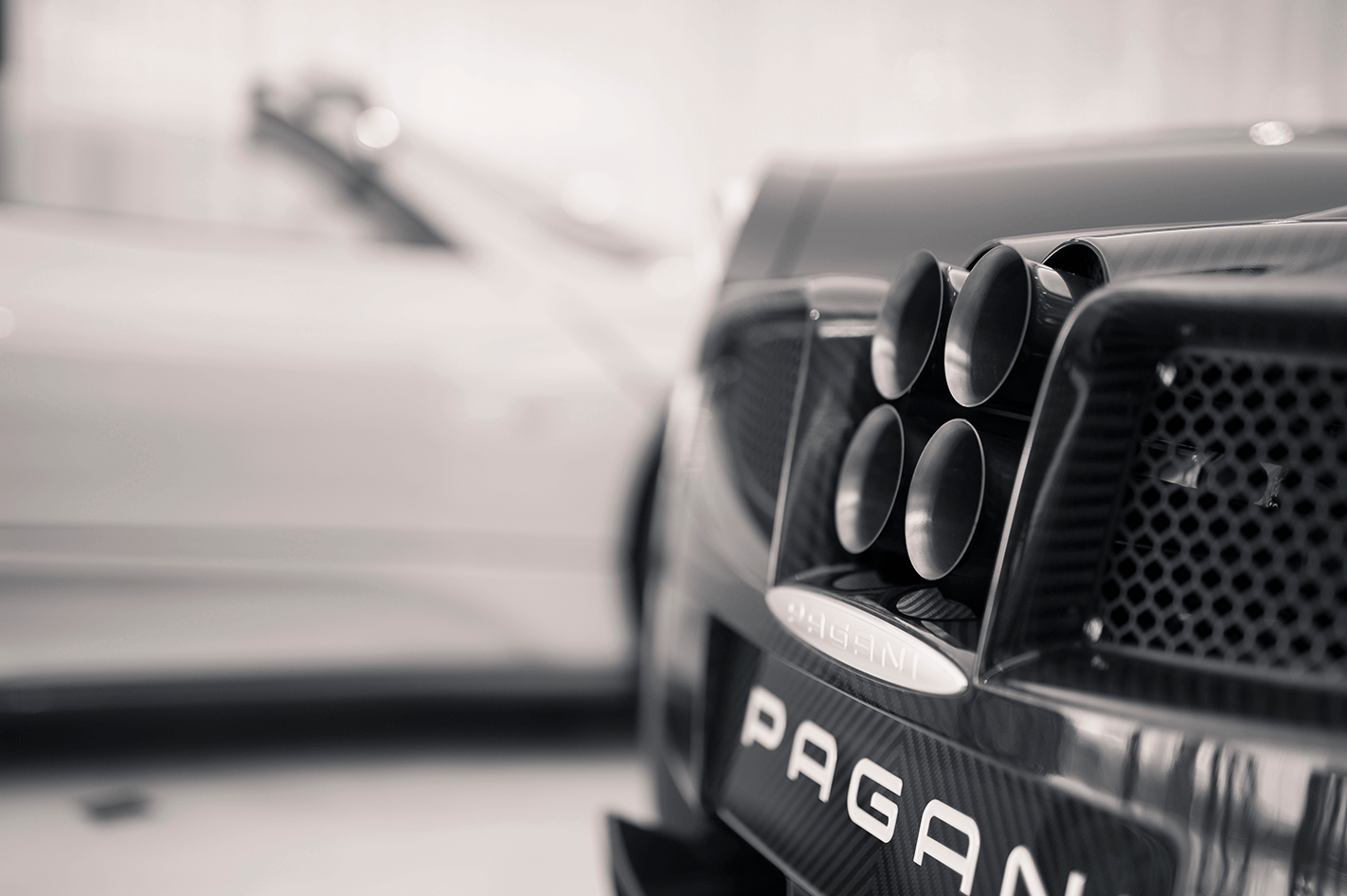
“Growing up, my father’s business was always the bakery, and when you run a bakery, the important thing is that your clients keep coming every day. I believe that this philosophy can be applied very well to what we’re doing at Pagani with cars. The clients have to keep coming back and be happy with the product,” he says.
“At the beginning, when I was designing the Zonda, the target client profile was probably that car collector in his early ’50s or even a little bit more, that was a little bit overweight so you need some extra centimetres so they could get in and out of the car.
“Coming toward our times, we know that the world economy has been booming thanks to a different kind of economy growing, with availability and resources also for the younger generation. The typical client from our beginning is probably a small percentage of what is our customer base today.”
Pagani has kept a loyal, if demographically diverse, customer base thanks to the company’s vision, which sells something grander, more artisan, than what the ‘traditional’ supercar manufacturers provide. To Horacio and his customers, a Pagani represents more than just a vehicle; it is an extension and display of their wealth and personality. It has an intangible soul.
Extending that image of the company are Pagani’s latest projects, which include luxury furniture and even a partnership with Airbus designing an ACJ319 aircraft.
It can be difficult to confine Horacio to a box. He is designer, engineer and car executive, all in one. While he acknowledges he has a foot in each camp, Horacio sees himself as a designer first, and engineer second.
“Not by education but through self-learning I have developed a lot of engineering skills. You naturally cross the border because when you develop knowledge about the physics and the science, you step into engineering,” he states.
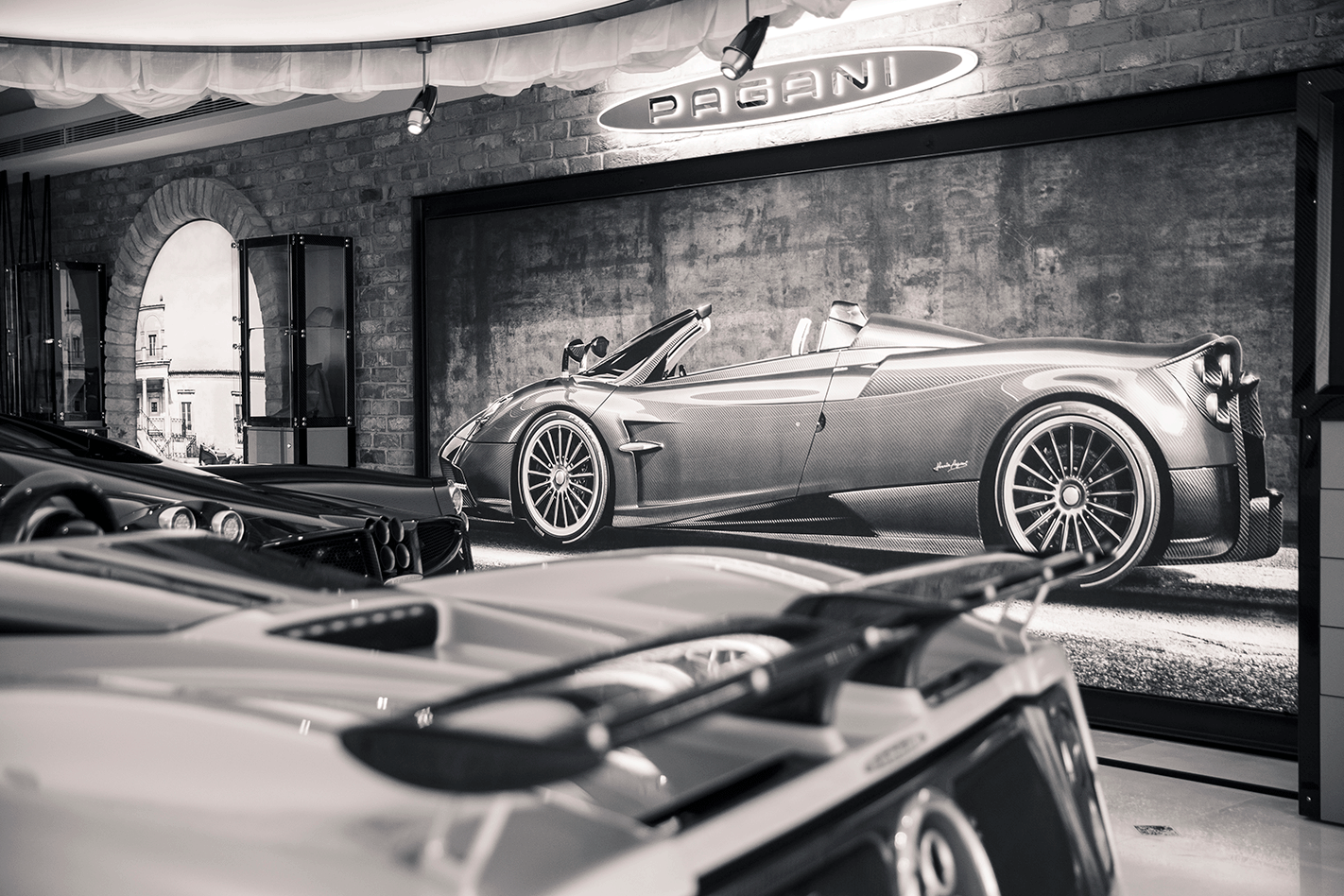
But away from the grandeur of his creations, the high-powered hypercars and ultra-luxurious jets, Horacio sees his greatest achievement as the Pagani family – his team of employees who share his passion and vision of excellence.
“I have been able to create a small company in Modena that employed local people, gave work to local suppliers, created a very sustainable business in the way that, as well as being a profitable company, those small earnings at the beginning are always being reinvested,” he says.
Where are they being reinvested? New technology, of course. Horacio wouldn’t disclose what Pagani has in the pipeline, but if it is anything like what has come in the 20 years so far, we imagine it’ll be akin to an automotive creation by da Vinci.
THE FOOT IN THE DOOR
Pagani – both the man and company – are inextricably linked to one of the greatest racing drivers in history, Juan Manuel Fangio. A fellow Argentinian, Fangio became friends with Pagani after the designer wrote a letter to his hero – with Fangio eventually giving the recommendation that would land Pagani a job in Italy. The pair’s friendship continued, with Fangio opening discussions with Mercedes-Benz that would allow Pagani’s supercars to utilise AMG V12 engines. The project, which would become the Zonda, was initially slated to be called the Fangio, in honour of the racing legend. However, following the death of the motorsport icon in 1995, Pagani changed the name out of respect for his friend’s family.


